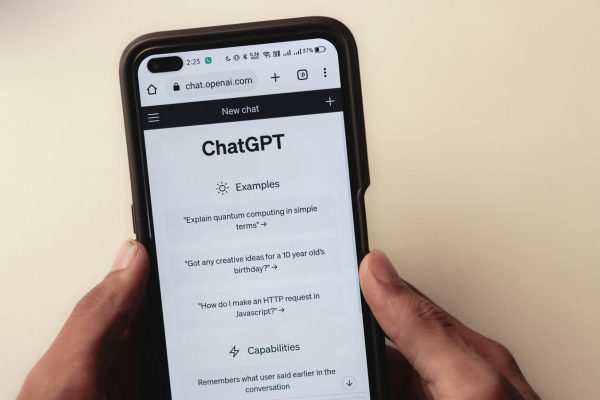PSAT: Preliminary Scholastic Aptitude Test

The SAT is a standardized test given to high school students. The score is currently based on a 1600 scale and is used by universities to determine the eligibility of a student attending their college. Since the creation of the test in 1921, it has been the basis of the suitability of a student for colleges. The test determines a student’s aptitude for mathematics (up to algebra 2) and language arts (including reading, and grammar); recently, the essay section of the test was removed.
The SATs are clearly difficult and require many months of preparation, but to get a reading of how well a student is doing before their actual SAT there is another standardized test called the PSAT (Preliminary Scholastic Aptitude Test). This test is usually given to high school students who are not seniors; it is less difficult and scored out of 1520. Originating in 1971, the PSAT gives a “preliminary” reading of a students “aptitude” at math and language arts; the most interesting thing about the exam is that the corporation that runs it, the College Board, gives an extremely detailed test score to each student, telling them each question they got wrong and the skill they need to work on. This report, along with websites such as Khan Academy’s partnership with College Board, allows students to efficiently and effectively work on their skill and knowledge gaps to prepare for the SAT.
The students at Freehold High School took the exam in mid-October. As a student who took the exam, many things became clear throughout taking the test: the College Board takes the security and integrity of the exam seriously. They make many parts of the exam difficult yet easy, they make all parts of the exam different lengths of time, and they give much less time than needed to properly complete the exam. The first two points are reasonable, the company wants to control who has access to their test and wants to stop all cheating or possibilities of cheating. On the other hand, the fourth and fifth points proved a major problem for many students. The time difference between sections made the exam feel different and unlike other standardized tests, which have similar or equal amounts of time for each section. In addition, the fifth point proved to be the most constraining; the time limits were in many ways much lower than what is necessary to accurately complete the test. For example, on the second section of the test, the Language and Writing section, also known as the grammar section, there are a total of 44 questions, including 2-4 articles, which all had to be completed within 35 minutes. Of course, the time limits are there for a valid reason, the College Board needs a way to weed out the extremely remarkable individuals, and the only way to do this is with different challenges. These challenges include extremely difficult questions, too many questions, and a shortened time span. By completing these tasks, students who do get a high score show colleges that they are in fact very good at being a student, especially under pressure, and should be allowed into their university.





